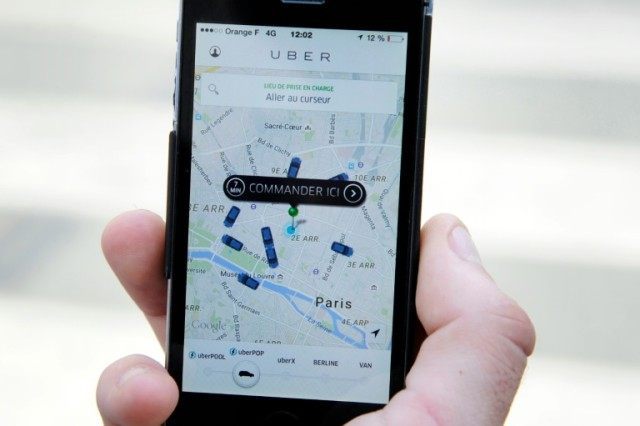Uber CEO Travis Kalanick announced this week that the company had settled class-action lawsuits in California and Massachusetts for up to $100 million memorialize the company’s right to classify drivers as independent contractors, rather than employees.
In the California O’Connor and Massachusetts Yucesoy class-action litigation cases, the two sides agreed to the following terms:
- “Drivers will remain independent contractors, not employees;
- Uber will pay $84 million to the plaintiffs. There will be a second payment of $16 million if Uber goes public and our valuation increases one and a half times from our December 2015 financing valuation within the first year of an IPO;
- Uber will provide drivers with more information about their individual rating and how it compares with their peers. Uber will also introduce a policy explaining the circumstances under which drivers are deactivated from using the app; and
- Uber will work together to create a driver’s association in both states. Uber will help fund these two associations and meet with them quarterly to discuss the issues that matter most to drivers.”
Although the settlement sounds like “big money”, it is a pittance for 6-year-old Uber, which just raised $2.1 billion of venture capital in September at a valuation of $62.5 billion — about 25 percent more than the value of 108-year-old General Motors.
To manage its massive multi-national footprint, Uber has less than 3,000 “employees.” The secret sauce to its disruptive business model is treating over 450,000 drivers as “independent contractors,” rather than employees.
Throughout the U.S. economy, the concept of work has been radically restructured since 2008 through the use of 1099 “contract work” to fulfill actions historically performed by employees. Traditional tech companies, such as Microsoft, now have nearly two-thirds as many contractors as full-time employees. For small business sole proprietorships, the use of contract workers has nearly double.
The biggest driver for the rise of the so-called “gig economy” has been the spiking employer costs for employee benefits and compliance with rapidly expanding labor regulations.
According to the U.S. Bureau of Labor Statistics’ latest employer compensation costs estimate, the wages and salary of a full-time worker averaged $22.88 per hour in March 2016. But the cost of benefits added an additional $10.61, or 46 percent more, for a total of $31.65 an hour.
That did not include the unquantifiable lawsuit exposure cost regarding constantly expanding employee legal “rights” for “protections” against discrimination, wrongful termination, enhanced rights to unionize, overtime pay, and taking numerous family leaves under Obama administration policies.
There has not been a good count of American “independent workers” since the U.S. Census estimated 42 million of the 137 million non-farm workers as contractors in 2006. The Census found about one-third of the workforce was “self-employed” or paid as contract workers. But last year’s “Third Annual Independent Workforce Report” by management-services firm MBO Partners suggests that by 2020 about 50 percent of the U.S. workforce will work independently as freelancers, contractors or small business owners.
The Uber settlement does not set any legal precedent, and the company faces unresolved suits in other states. But Uber has dramatically improved its ability to manage contract workers in compliance with federal labor law, compared to its earlier start-up days.
Given that the class-action litigation against Uber was a test of the future sustainability of the “sharing economy,” the two class-action settlements are a victory for Uber and the gig economy.

COMMENTS
Please let us know if you're having issues with commenting.